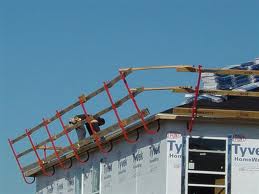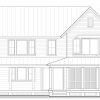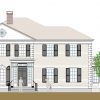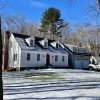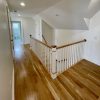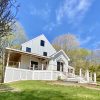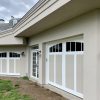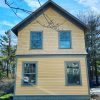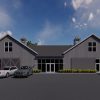Falls from elevation hazards are present at most residential construction sites, with many workers exposed to these hazards on a daily basis. Any elevated walking or working surface could be a potential fall hazard. In most cases, you must protect workers engaged in residential construction six feet or more above lower levels with conventional fall protection measures such as guardrails, safety nets, or personal fall arrest systems. You can prevent fall related injuries when these conventional fall protection practices are in place and used properly.
Floor and Wall Openings
- Put in guardrails around openings in floors and across openings in walls when the fall distance is six feet or more. The top rails must be able to withstand a 200-lb load.
- Install covers over temporary floor openings larger than 2×2 inches with material to safely support the working load. Secure them to prevent movement and label with the word “Cover” or “Hole.”
Work on Roofs
- Use a personal fall arrest system consisting of a full body harness, a deceleration device, a lanyard, and an anchor point; when guardrails or safety nets are not an option.
- Use a fall restraint system in place of a personal fall arrest system. A fall restraint system consists of a full body harness or body belt (full body harness is recommended). It is connected to an anchor point at the center of a roof by a lanyard of a length that will not allow a worker to physically reach the edge of the roof.
Alternative Fall Protection
- If your company can demonstrate that conventional protections are infeasible or present a greater hazard, a safety monitoring system can be used in conjunction with a warning line to help protect employees working on low slope roofs (4:12 pitch or less). Slide guards up to and including an 8:12 pitch as long as they are part of a written, site-specific fall prevention plan.
Make sure you fully understand these broad fall protection concepts. At a minimum, training should include all fall hazards present on the site, when and where fall protection is required, proper use, maintenance, and inspection of fall protection systems.

